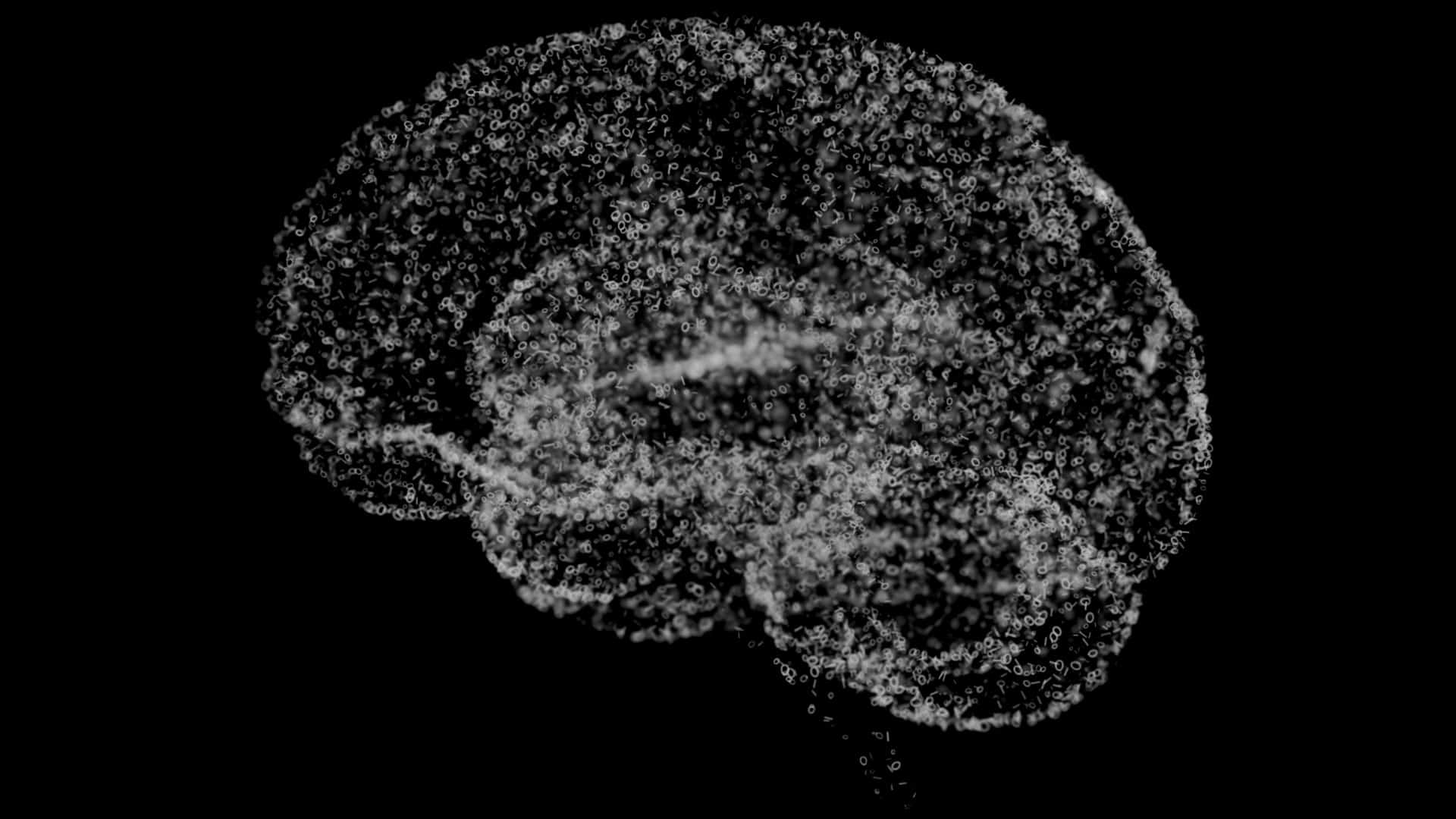Evaluating patients differently by shifting from “20th century eye care” to “21st century brain care” was the key focus of a daylong Mind-Eye Institute presentation at the recent 2019 annual conference of the Neuro-Optometric Rehabilitation Association (NORA).
As health professionals, “we must realize the retina is composed of brain tissue and is part of the central nervous system, affecting processes like thinking, spatial awareness, movement, perception of surrounding environment and selective attention to sound,” Deborah Zelinsky, OD told her audience. Dr. Zelinsky is founder and executive research director of the Mind-Eye Institute (https://mindeye.com), based in Northbrook, Ill.
“When light strikes the 126 million photoreceptor cells in each retina, brain function is activated. governing not only eyesight, but also to the regulation of many other physical functions, including posture and sleep,” Dr. Zelinsky indicated.
Dr. Zelinsky is internationally known for her work involving the retina’s impact on brain function. For the past 30 years, she has devoted her career to neuro-optometric rehabilitation and development of advanced methods for assessing brain function, with emphasis on the often-untested linkage between eye and ears. Her patented research in novel uses of retinal stimulation has been described in publications and courses worldwide.
At the NORA conference, Dr. Zelinsky discussed how different lenses, prisms and filters change the way light bends and disperses across the retina and the resulting impact on a patient’s awareness of space and posture, as well as on retinal processing.
“Retinal processing” refers to the brain’s ability (partially beneath a conscious level of awareness) to take in many external sensory signals (from eyesight, hearing, smell, taste and touch) and synthesize the information, reacting and responding, depending on many internal sensory signals. A filtering effect occurs at the retinal level of brain processing, where 126 million signals (plus others) are funneled into only 1.2 million signals traveling through the optic nerve. That 100-to-1 filtering ratio is powerful — occurring within the eyeballs, Dr Zelinsky explained.
When intact, retinal processing enables people to have internal systems (such as balance and posture) running automatically. This “cruise control” allows a person to understand and respond appropriately to the external world around them. If brain circuitry is out of sync because it has been disrupted – or, in the case, of younger children, perhaps under-developed — people can become confused about their surrounding environment and exhibit inappropriate reactions and responses,” Dr. Zelinsky said.
The Mind-Eye Institute uses therapeutic eyeglasses to address symptoms of a variety of brain injuries and insult due to trauma and stroke, neurological disorders, PTSD, and learning issues. That’s because changing lighting can modify the dynamic relationship between the mind’s visual inputs and the body’s internal responses, Dr. Zelinsky indicates.
Because of today’s needs for judging moving targets (like special effects in movies or scrolling on computer monitors, for example), optometrists are beginning to move away from 20th century methods of eye evaluation, Dr. Zelinsky emphasized in her NORA discussion.
An optometrist’s assessment should first include a patient’s history — “listening to who they are, what visual skills do they require to think and to use technology efficiently, which bodily system is their weakest.” Then a functional evaluation should be performed, determining “how patients use their eyes in daily life, what amount of space is comfortable to them, how do they habitually react — emotionally or logically, and to which part of their surroundings are they paying attention,” Dr. Zelinsky said.
With such information, an optometrist then can perform the necessary measurements and make prescription decisions that reflect how a patient adapts to his or her environment, she told conference participants.
“Correcting visual processing is much more than just sharpening central eyesight, which is the old standard of simply measuring a patient’s 20/20 acuity,” Dr. Zelinsky stated.
“We use central eyesight for stationary targets (like an eye chart or a book), but seeing moving targets is highly dependent on peripheral eyesight. Moving targets are found all around in our environment, including on screens used in GPS navigation systems or web site scrolling. We use peripheral and central eyesight as a team to scan and shift gaze from place to place, such as from a dashboard to the road when driving, or from a desk to a teacher, or from a tennis ball to a player, she said.
Patrick Quaid, MCOptom, FCOVD, PhD has determined that “only about six percent of our visual field is dedicated to central targets; the remainder — 94 percent — is used peripheral retinal processing,” she continued. “However, 20th century eye-testing methods do not evaluate the subconscious use of peripheral eyesight.”
“The 20/20 system of eye examination needs an update; it’s over 150 years old,” Dr. Zelinsky concluded. “20/20 should be left in the 20th century as we become 21st century practitioners.”

Media
‘Eye Testing Shifting from 20/20 Acuity to Brain Care’ NORA Presentation
Time for an Update After 150 years, Mind-Eye Institute Founder Says
